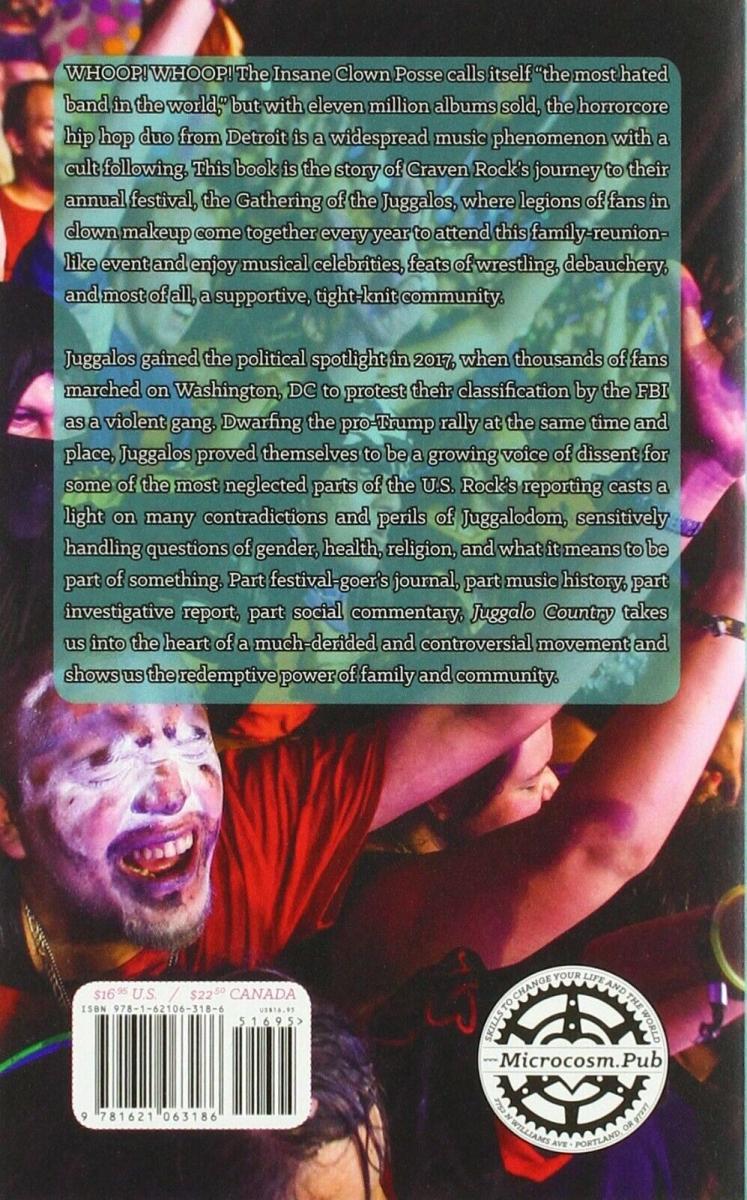

This year, it will publish 25 books and generate just over $1 million in revenue, a gain of nearly 35% over 2017. Microcosm’s program is also his book’s proof of concept.

Microcosm does a better job, he said, distributing its own books to trade bookstores and to the nontraditional retailers-record shops, bike shops, grocery stores, gardening and plant nurseries, and boutiques-that are its core market. But after several years of being distributed by PGW, Biel is going back to self-distribution and will no longer sell to Amazon. Microcosm began as an underground culture operation, publishing and distributing its own zines and books until it was big enough to attract a trade distributor. His publishing credo is that the “underground is bigger than the mainstream” when it comes to books. “I got a cold reception from bookstores when I started, so I would go to a nearby record store, and our books would sell really well there,” Biel said. The book is also unconventional: Biel separates his approach to publishing from what he calls “the literary industrial complex’’-i.e., big New York trade book publishers and mainstream bookstores. It’s the eighth book Biel has written and published at Microcosm.īiel, who struggled to graduate from high school and has Asperger’s syndrome, said he wanted to write “something thorough and accessible” on publishing that would be useful to that intern. With that intern in mind, Biel wrote A People’s Guide to Publishing: Build a Successful, Sustainable, Meaningful, Book Business from the Ground Up, a comprehensive guide to launching a book publishing venture, which Microcosm will release this month.


 0 kommentar(er)
0 kommentar(er)
